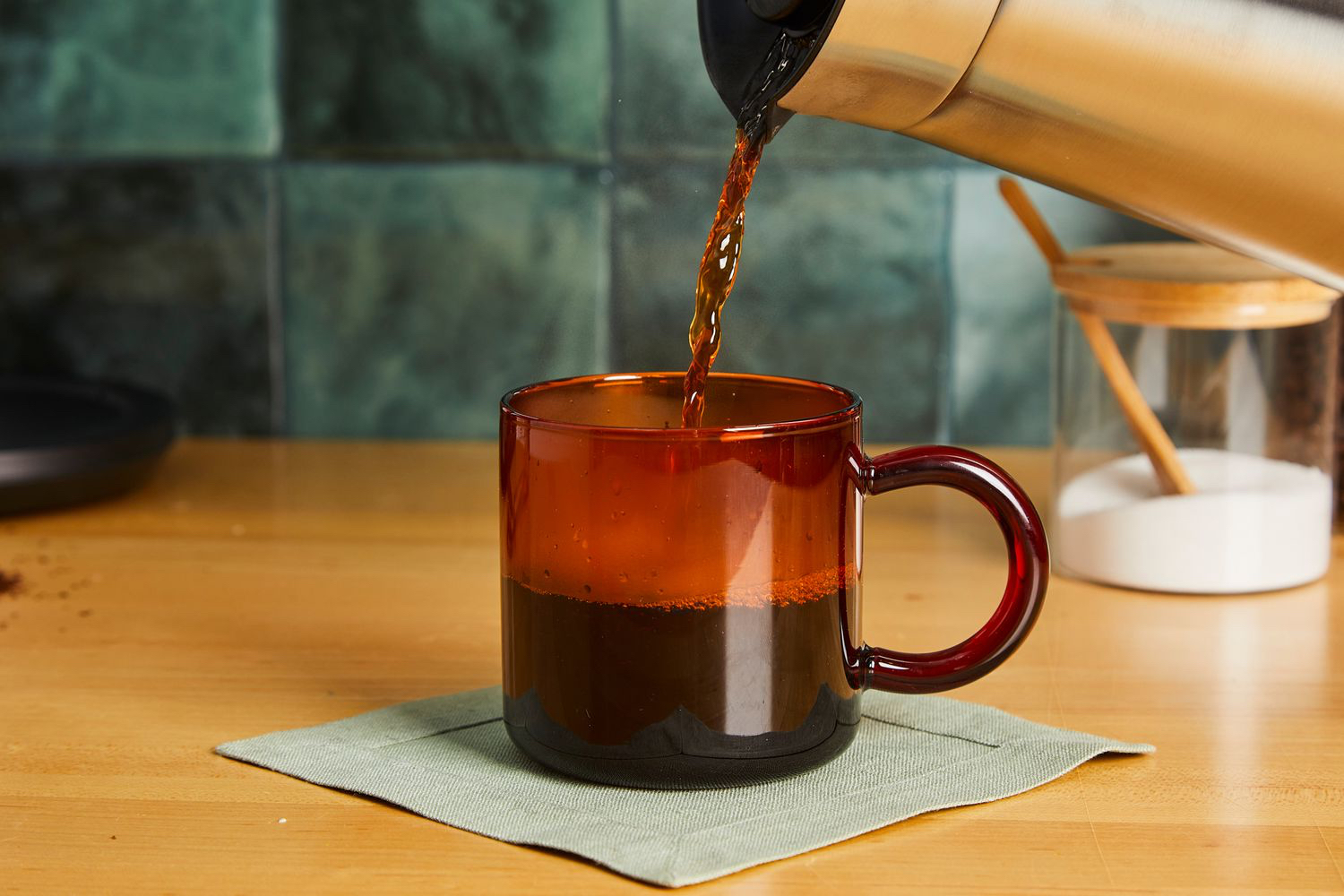Ever notice how your cappuccino tastes richer at your favourite café than it does at home, even when you’re using the same beans?
Here’s a secret we baristas know: it might not be the beans or the brew—it might be the cup.
It sounds simple, but the cup you drink your coffee from has a huge impact on flavor, aroma, and overall experience. As someone who’s pulled thousands of shots and tasted even more, I can tell you: the right cup doesn’t just hold your coffee; it elevates it.
Let’s dive into the details.
1. Cup Material: More Than Just Aesthetic
Ceramic
This is the go-to in most specialty coffee shops, and for good reason. Ceramic is non-reactive, which means it won’t mess with your coffee’s flavour. It also retains heat well without getting scorching hot on the outside. That’s crucial when you’re sipping slowly and savoring every note.
💡 Barista Tip: If you love pour-overs or espresso-based drinks, a thick-walled ceramic cup helps maintain temperature and keeps your coffee tasting clean and balanced.
Glass
Glass cups are a visual treat: perfect for layered drinks like a macchiato or iced latte.
But depending on the thickness, they can cool your coffee too quickly. Thinner glass equals faster heat loss. That can dull those delicate floral or fruity notes before you even get halfway through your cup.
💡 Ideal for: Visual presentation. Not the best if you like your coffee piping hot.
Stainless Steel
Double-walled stainless tumblers are lifesavers if you’re always on the go. They trap heat like a champ, but cheaper models can leave a slight metallic aftertaste. Higher-end ones with proper lining (like ceramic-coated steel) avoid that issue.
💡 Bonus: They’re practically indestructible. Just make sure to wash them thoroughly—coffee oils stick hard.
Paper and Plastic
We’ve all grabbed a to-go cup, but here’s the truth: paper and plastic aren’t doing your coffee any favours. Paper can absorb aromatics or add a faint cardboard note. Plastic? Even worse—especially if it gets too hot. It’s fine in a pinch, but not if you want to taste all the nuanced flavor notes your beans worked so hard to deliver.
2. Cup Shape: It’s Like a Wine Glass for Coffee
It’s not just what your cup is made of. It’s how it’s shaped that makes a difference.
Wide-mouthed cups let more aroma hit your nose. Since 80% of taste is actually smell, this opens up your coffee’s complexity, especially with lighter roasts and pour-overs.
Taller, narrower cups keep the aroma more concentrated and are great for rich, bold brews like long blacks or darker roasts.
Rounded bowls, like what you’d use for a cappuccino, help maintain the crema and keep the foam structured for latte art.
💡 Pro Insight: The rim thickness and lip shape even affect how the liquid lands on your tongue, subtly changing your perception of sweetness or acidity.
3. Temperature Retention: The Silent Flavour Killer
Hot coffee that cools too quickly can taste sour, bitter, or just “off.” Heat retention is a huge deal—especially for drinks that you want to sip and savour.
Ceramic and insulated mugs hold heat consistently. Glass and thin-walled cups cool faster, which means the flavor profile changes within minutes. Metal cups retain heat but can be deceiving—your drink may be scalding hot inside while the outside feels cool.
💡 Always pre-warm your cup with hot water before brewing. It’s a tiny step that makes a big difference, especially for espresso.
4. The Feel in Your Hands Matters, Too
You’d be surprised how much the tactile experience influences your coffee ritual.
A hefty, well-balanced mug can feel grounding—like a warm hug. Meanwhile, a cheap or awkwardly shaped cup can make your drink feel, well, kind of forgettable.
As a barista, I’ve watched people light up just holding the “right” cup. It’s not just about taste—it’s about the full sensory experience.
So… Does the Cup Matter? Absolutely.
At the end of the day, the cup you drink from might not change the actual chemistry of your brew, but it absolutely shapes your perception of it.
The flavour, aroma, temperature, and even the emotional comfort all come together—and the right cup plays a quiet but powerful role.
If you’re a home brewer looking to level up your coffee game, don’t overlook your cup. Experiment with materials and shapes to find what makes your morning coffee feel just right.
Want more barista-approved tips? Follow us for brew guides, gear reviews, and café-level secrets you can use at home.


Leave a Reply